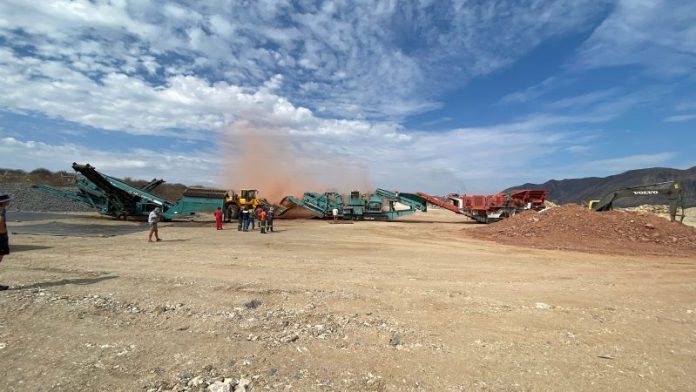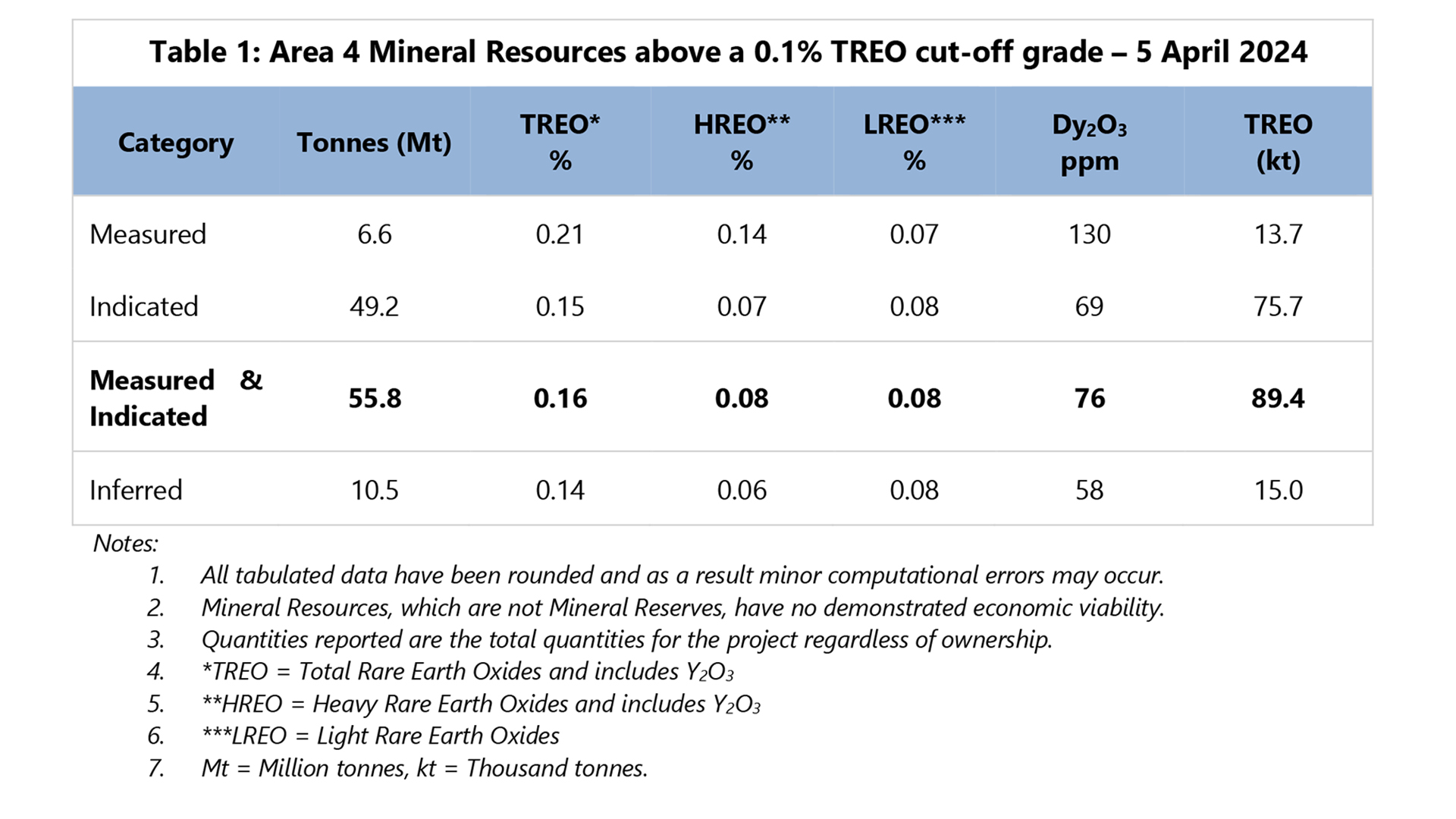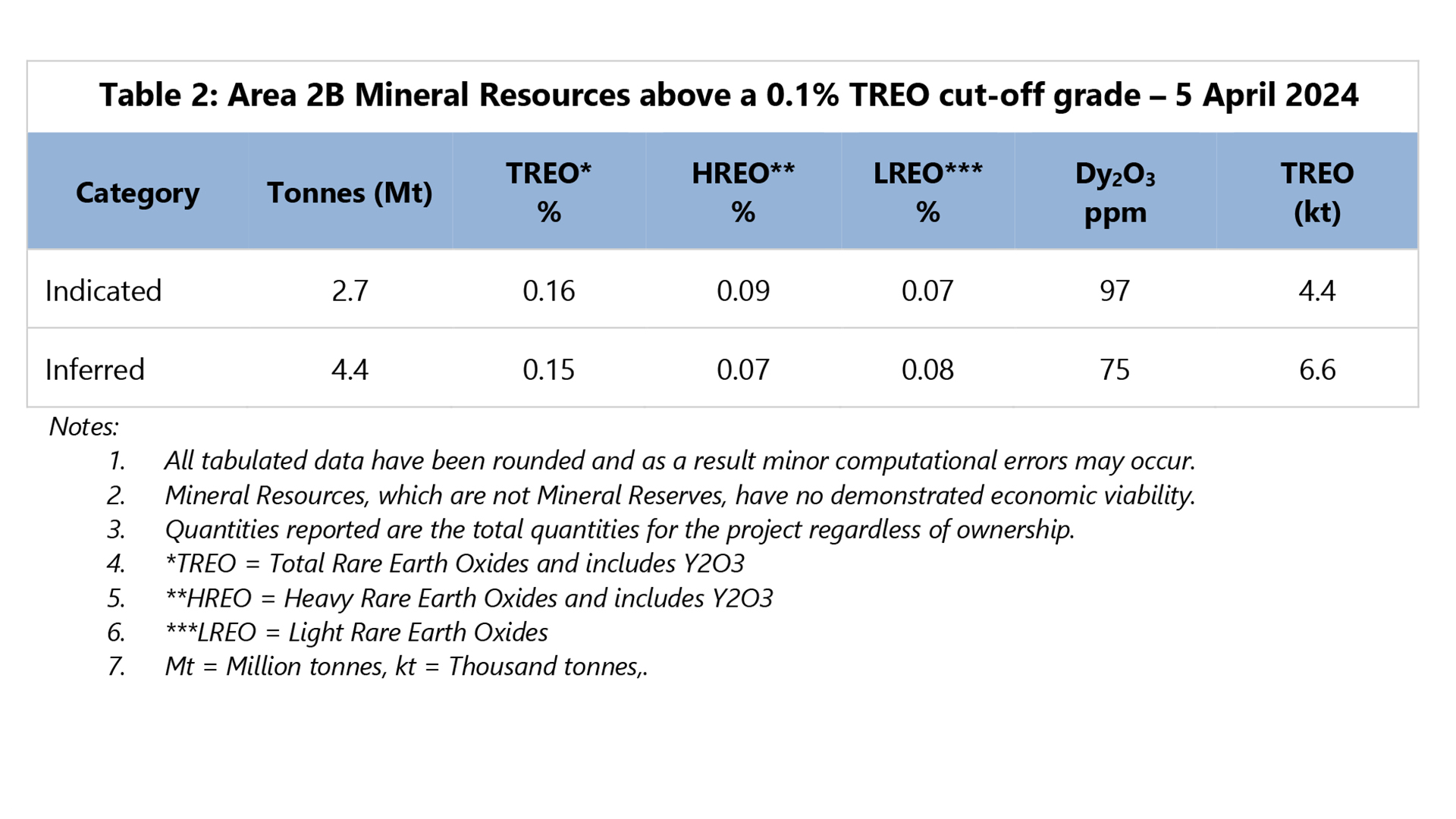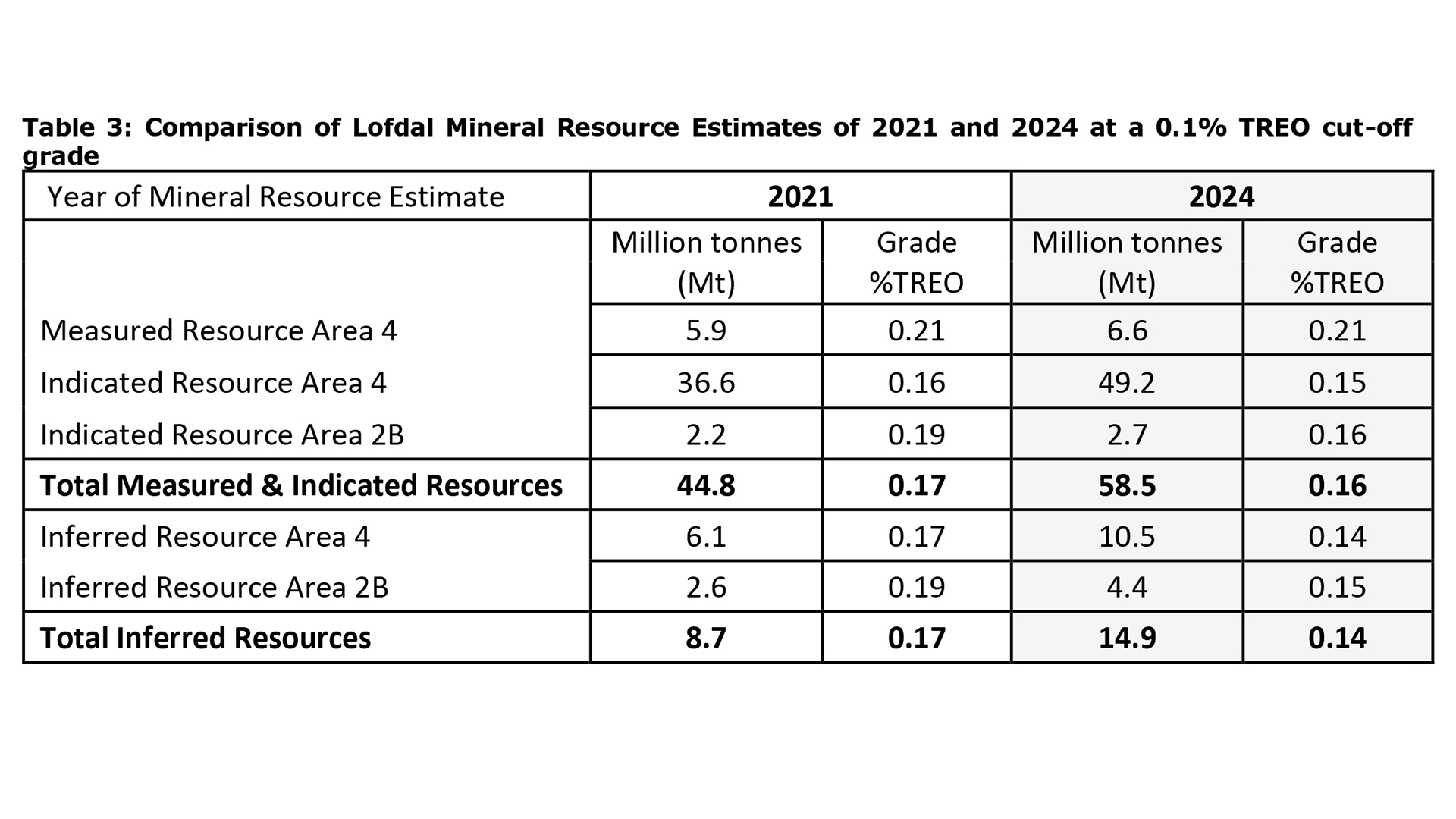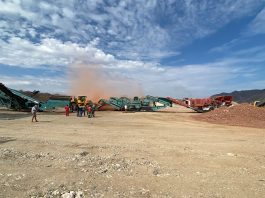Namibia Critical Metals has announced the filing of the updated NI 43-101 mineral resource estimate (MRE) for the Lofdal Heavy Rare Earth Project on SEDAR.
The Lofdal project, located in northern Namibia, is a joint venture between Namibia Critical Metals and the Japan Organization for Metals and Energy Security (JOGMEC).
Lofdal: A unique heavy rare earth elements opportunity
Lofdal stands out as one of only two primary xenotime projects under development globally. The deposit has significant potential for producing dysprosium and terbium, the two most valuable heavy rare earth elements used in high-powered magnets.
The joint venture with JOGMEC underscores Lofdal’s promise as a long-term, sustainable supplier of heavy rare earths critical to Japan’s technological and energy sectors.
Updated MRE results
The updated MRE was independently prepared by The MSA Group of South Africa. The estimate is based on extensive geochemical analyses and density measurements of core samples obtained through diamond drilling and drill chips from reverse circulation drilling conducted by Namibia Critical Metals between 2010 and 2023.
The resource estimate utilised a 0.1% Total Rare Earth Oxides (TREO) cut-off grade, combined with a whittle-optimised pit shell, to demonstrate reasonable prospects for eventual economic extraction (RPEEE).
The mineral resources are categorised as Measured, Indicated, and Inferred, adhering to the Canadian Institute of Mining, Metallurgy and Petroleum (CIM) Best Practice Guidelines (2019) and reported in accordance with the 2014 CIM Definition Standards, incorporated by reference into National Instrument 43-101 (NI 43-101).
The Qualified Person (QP) for this estimate, Jeremy Witley, BSc Hons, MSc, affirms that the resources at the selected cut-off grade show reasonable prospects for economic extraction, considering mining and processing assumptions.
Expansion of Area 4 resources
The Area 4 Mineral Resource Estimate has seen a significant increase from the previous estimate dated May 12, 2021 (see Tables 3 and 4).
This increase is attributed to additional drilling, which has expanded both the indicated and inferred mineral resources.
Changes in economic input parameters used to define the optimised pit shell for determining RPEEE also contributed to this growth.
Notably, the inferred mineral resources have increased in tonnage due to additional reverse circulation drilling, which extended the resource in a northeasterly direction along the strike.
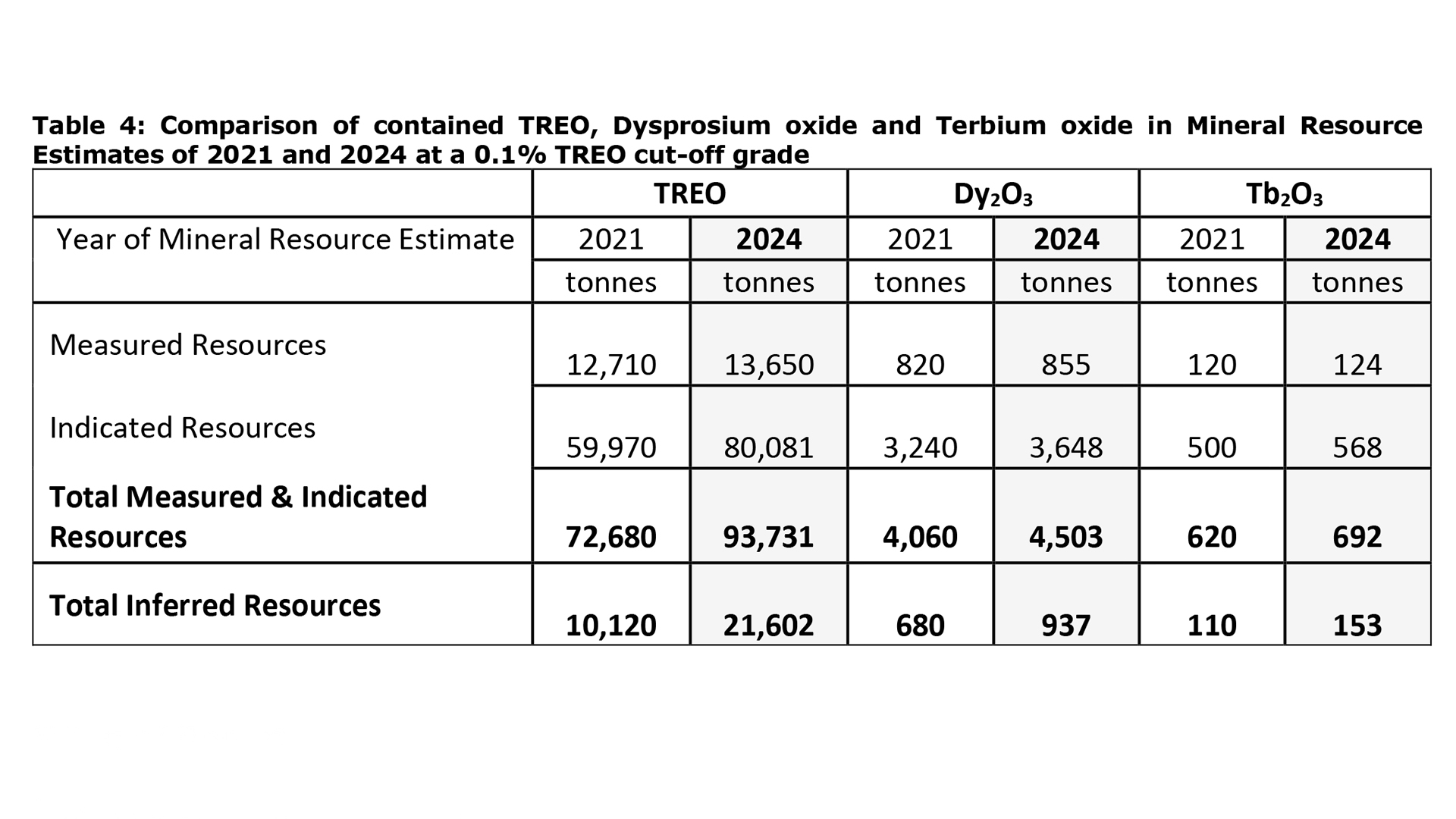 This updated MRE reaffirms the substantial potential of the Lofdal project, positioning it as a key player in the global supply of critical heavy rare earth elements.
This updated MRE reaffirms the substantial potential of the Lofdal project, positioning it as a key player in the global supply of critical heavy rare earth elements.

